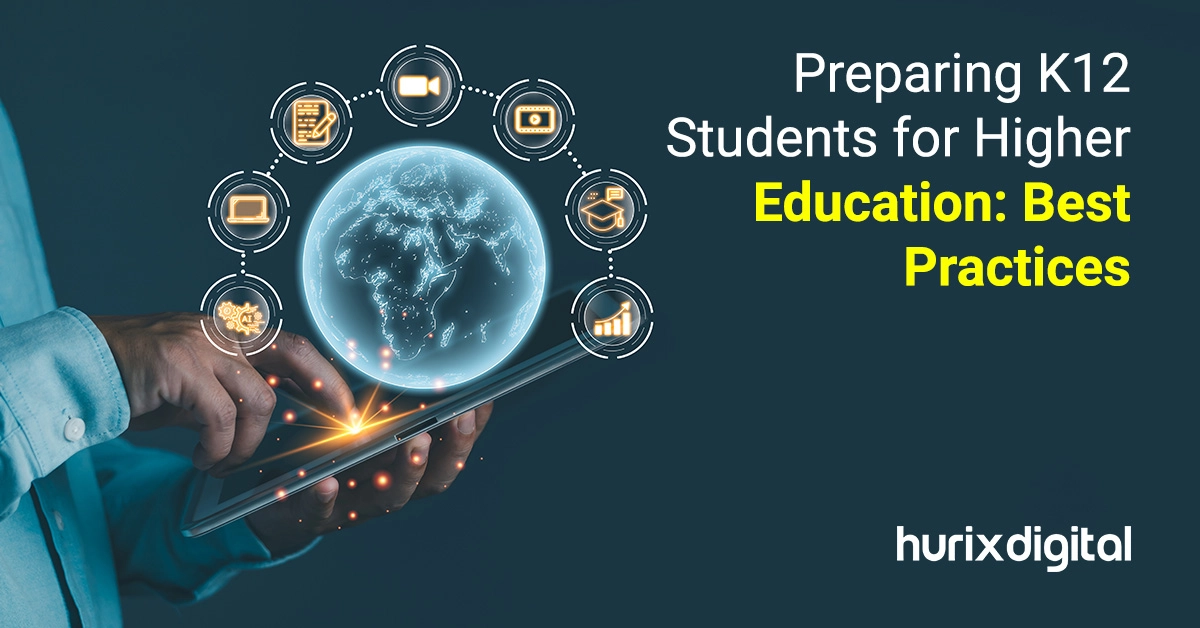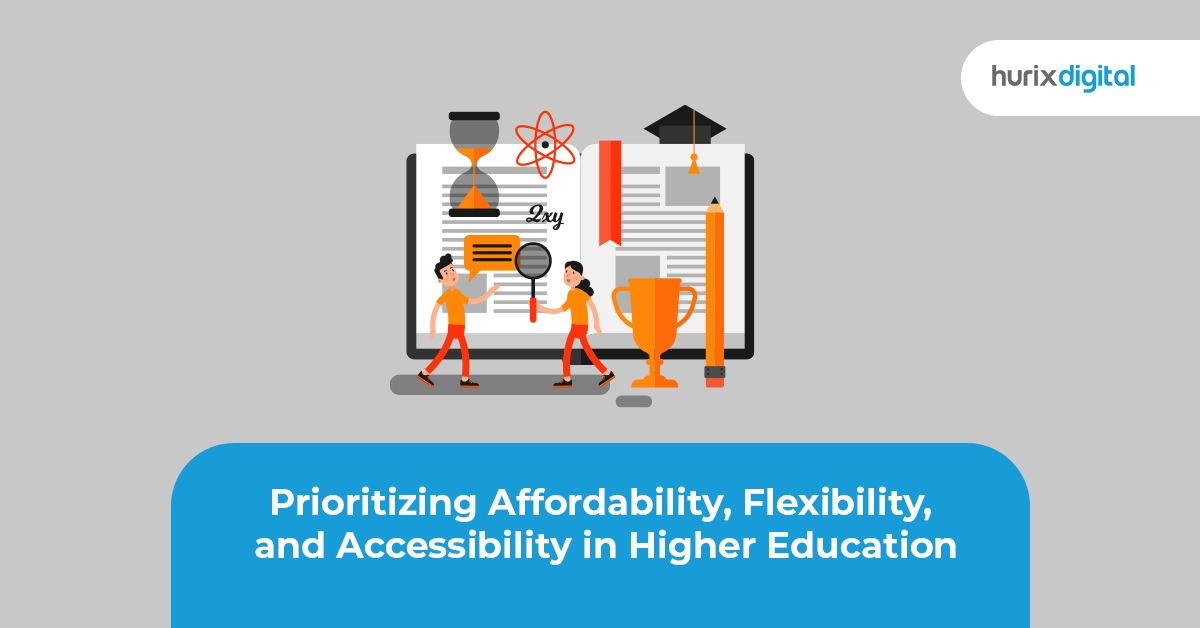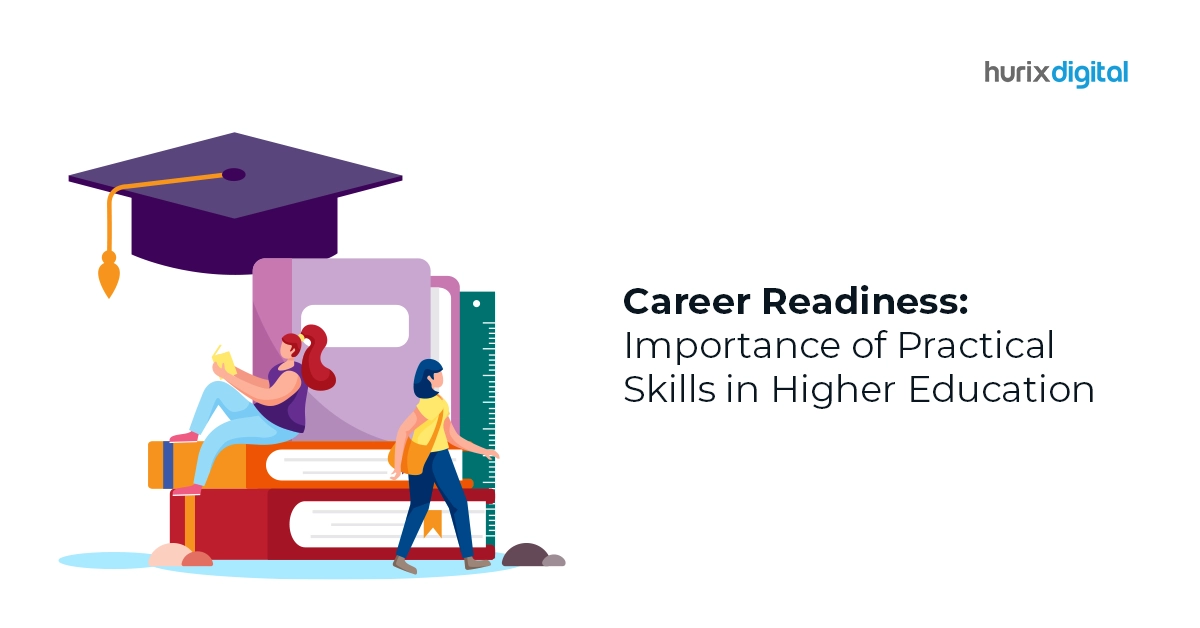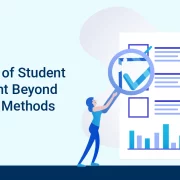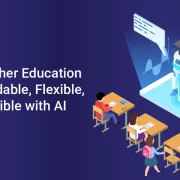
The Power of Data in Higher Education Curriculum Design: All You Need to Know
Summary
The article examines data-driven strategies in higher education to improve learning programs and student experiences through key metrics and predictive analytics.
School management systems are crucial for making data-driven decisions. They help administrators monitor school performance closely and identify areas for improvement. With better access to data, schools can evaluate student performance and engagement more effectively.
This data-driven approach ensures consistency in programs and allows for personalized educational experiences that meet student needs. Ultimately, handling data well can transform schools and promote a culture of ongoing improvement and excellence.
Table of Contents:
- Understanding Data-Driven Decision Making
- Benefits of Data-Driven Decision Making in Higher Education
- The Role of Higher Education Analytics
- Strategies for Higher-Ed Program Optimization
- Evolving Priorities in Higher Education in 2024
- To Wrap Up
Understanding Data-Driven Decision Making
Data-driven decision-making consists of crucial facts, metrics, and data to guide and improve students’ learning objectives. This helps monitor the final outcomes of the student program.
These data sources include students’ performance indicators, enrollment patterns, feedback surveys, and social media interactions.
After carefully examining all the information, the program manager can discover hidden insights, which will allow them to make better and more informed decisions to increase the quality and standards of educational programs.
This technique gives assured judgments based on actual information rather than intuition or informal proof.
Benefits of Data-Driven Decision Making in Higher Education
Data-driven decision-making offers numerous advantages:
- Customized Program Design: To improve student success and satisfaction, program directors can recognize patterns, better understand student needs, and create programs that are tailored to those needs.
- Effective Resource Allocation: By concentrating efforts where they can have the biggest impact, this strategy guarantees effective resource allocation. By using data-driven insights to identify at-risk students early on, timely interventions may be made, which raises graduation and retention rates.
- Continuous Improvement: Continuous Improvement is made possible by creating a feedback loop in which data analysis is done frequently. This supports the institution’s reputation for academic quality and improves the educational process.
Also Read: How Data Analytics Impacts Students’ Success
The Role of Higher Education Analytics
Here’s a snapshot of the role of higher education analytics in optimizing learning for students:
1. Diverse Data Sources
A wide range of data sources are included in higher education analytics, such as enrollment information, student performance metrics, and feedback forms. These resources offer a thorough analysis of the state of education today.
Additional sources such as demographics, financial records, course evaluations, and engagement metrics from digital platforms contribute crucial insights. Analyzing these diverse datasets together offers a nuanced understanding of institutional performance and student behavior, revealing patterns that may not be apparent when data is examined individually.
2. Transform Your Learning Programs Via Analytics
Analytics plays a pivotal role in optimizing learning programs by pinpointing areas needing improvement, personalizing learning experiences, and assessing the effectiveness of educational interventions.
Predictive analytics can identify children dropping out and allow early intervention. Learning analytics may also evaluate the effects of various teaching pedagogies and enable teachers to adjust their approaches based on what is most effective.
Another important benefit is personalization, which can utilize the data to customize educational materials to meet student demands and learning styles for improved results.
Strategies for Higher-Ed Program Optimization
Here are some strategies that can optimize higher education programs:
1. Identify Key Performance Indicators (KPIs)
Defining KPIs is essential to optimizing higher education programs. Graduation rates, student satisfaction ratings, and employment rates following graduation are examples of common KPIs. It incorporates statistics like student engagement, instructor performance reviews, and course completion rates.
Institutions can monitor their progress and make data-driven decisions leading to improvement in program quality and student outcomes by establishing explicit and definable KPIs.
2. Utilize Predictive Analytics
Program directors can proactively address all the possible problems and improve program delivery by using these analytics to forecast future trends and students’ behavior.
To do this, models that predict outcomes like student success rates, possible dropout risks, and the best use of available resources are developed using previous data. Institutions can enhance program performance by implementing tailored learning programs, targeted interventions, and strategic planning.
3. Implement Continuous Improvement Processes
Programs are continuously evaluated, and changes are part of a continuous improvement process using data insights. This strategy guarantees that programs stay efficient and relevant.
It involves gathering input from interested parties, evaluating programs regularly, and improving curriculum, instruction, and support services. By promoting a culture of continual development, educational institutions may adjust to changing demands, improve student experiences, and uphold high academic performance standards.
4. Focus on Data Collection Methods
Strong techniques for gathering data are the first step toward effective educational data analysis. Common sources include surveys, student records, digital learning environments, and feedback forms. Ensuring complete and accurate data gathering is important for trustworthy analysis.
5. Ensure Data Accuracy and Integrity
Maintain the integrity and accuracy of data. This can be done by using trustworthy data management systems and performing routine data audits. Maintaining trust and regulatory compliance also depends on ensuring data security and privacy.
Evolving Priorities in Higher Education in 2024
Here’s a snapshot of the evolving priorities in higher education for 2024:
1. Enhancing Data Security and Governance
In 2024, higher education institutions are prioritizing improvements in data security, hybrid work environments, data-informed decision-making, mental health support, equity, digital transformation, and hybrid learning.
Businesses are increasing mental health services, embracing new technology for digital transformation, establishing multi-factor authentication and zero-trust settings, and improving data governance procedures. The goal of adopting hybrid work models is to draw in a varied pool of talent.
2. Driving Digital Transformation
A change towards sustainability, adaptation, and resilience in the face of persistent challenges is being highlighted by significant investments in technology and infrastructure, which are improving the capacities of hybrid and online learning.
Despite enrollment growth, challenges persist. For example, in one of the largest higher education systems in the world, the number of enrolled women has increased by 32% between 2014 and 2015; among 18 to 23-year-olds, mostly attending government colleges, the Gross Enrollment Ratio (GER) is 28.4%.
Digital learning, research, and quality are given top priority in government projects such as NEP 2020 and IoE. Effective solutions to these problems are sought after through partnerships between the public and private sectors and better infrastructure.
3. Promoting Innovation in Teaching and Learning
Higher education establishments are prioritizing encouraging innovation in teaching and learning approaches in 2024.
Managers responsible for developing educational programs might use data in this way to maximize each student’s educational experience. This entails using analytics to pinpoint problem areas, tailor instructional materials, and assess how well teaching methods are working.
Also Read: AI-Powered Lesson Planning: Revolutionizing the Way Teachers Create Content for K12
To Wrap Up
Continuous improvement requires a data-driven culture. Managers of educational program development, in this regard, must create an atmosphere for data to be consistently gathered, examined, and utilized.
For optimal outcomes, Hurix Digital can be your trusted partner. Leveraging our expertise in data evaluation and learning technologies, we can propel your higher education programs to new heights.
Contact us now to learn more!

Senior Vice President
A Business Development professional with >20 years of experience with strong capability to sell new solutions and develop new markets from scratch. New Market Entry Specialist with experience of working in two of the largest emerging markets – China & India. Also covered other key markets in APAC, US, EU & ME. Exceptional experience of conceptualizing, ideating and selling new learning technologies like VR AR, etc. across multiple industry verticals.
